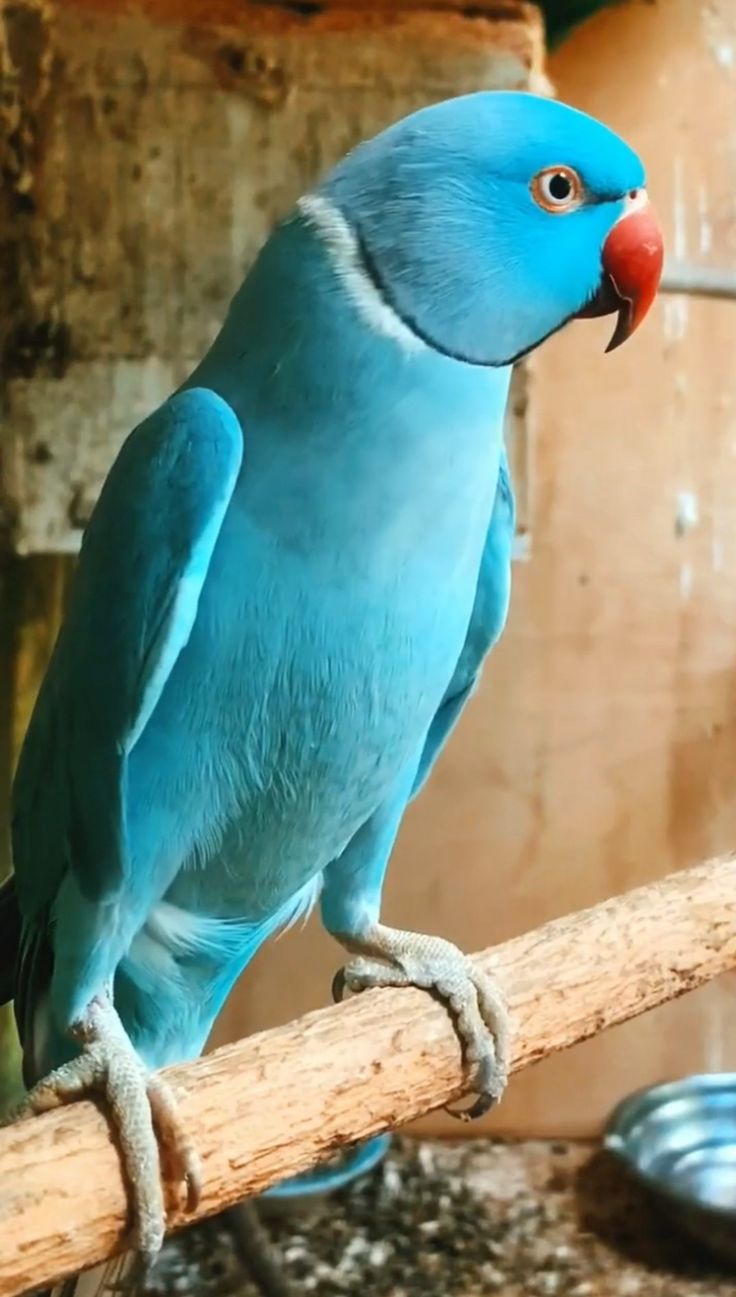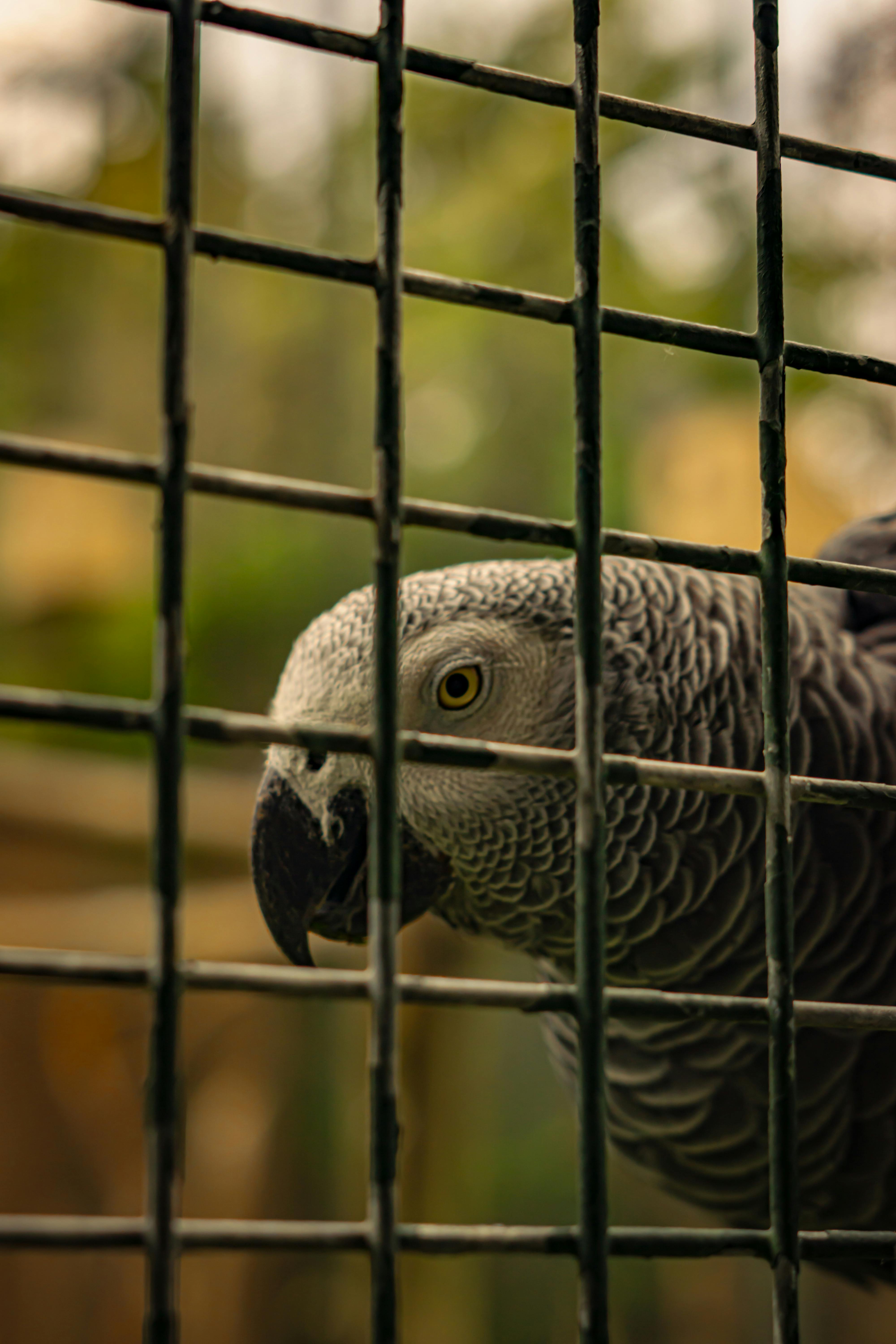
Effective Ways to Use Driftwood in Your Fish Tank
Driftwood has long been a favorite among aquarists, known for its ability to create natural beauty and enhance the habitat for aquatic life. When you incorporate driftwood for fish tanks, you're not only improving the aquarium's aesthetics but also fostering a healthier environment for your fish. Driftwood provides essential hiding spots, breeding areas, and surfaces for beneficial bacteria to thrive, which can greatly enhance the health of your fish population.
This article will explore the various aspects of using aquarium driftwood, from types and sourcing to maintenance and placement. We will also delve into the numerous benefits of integrating driftwood into your setup and provide practical tips and expert recommendations. By the end, you'll have a comprehensive understanding of how to effectively utilize natural driftwood for aquariums.
In the following sections, we will cover:
- Types of Driftwood for Aquariums
- Benefits of Driftwood in Fish Tanks
- How to Prepare and Treat Driftwood
- Effective Driftwood Placement Strategies
- Maintaining Your Driftwood Setup
- Additional Tips for Enhancing Tank Aesthetics
Types of Driftwood for Aquariums
Understanding the types of driftwood for aquariums is crucial when selecting the right wood to use for your fish tank. Each type brings unique characteristics that can impact both the visual appeal and the well-being of aquatic life.
Common Driftwood Varieties
Several types of driftwood are popular in aquarium setups. The most common varieties include:
- Malaysian Driftwood: A durable wood acclaimed for its intricate shapes and ability to sink easily.
- Petite Driftwood: Smaller pieces are great for nano tanks and create unique focal points.
- Round Driftwood: Often used to create natural flowing lines in larger aquascapes.
Choosing the Best Driftwood for Your Fish Tank
When selecting driftwood, keep in mind the specific needs of your aquatic inhabitants. Fish that like to hide, such as bettas or shrimp, will benefit from smaller or hollow driftwood pieces, while larger fish may require substantial wood structures for territorial boundaries.
Driftwood Characteristics and Their Effects
Different driftwood types also come with varied effects on water parameters. For instance, some woods may release tannins, impacting your driftwood water pH. Being mindful of these characteristics helps you maintain a healthy aquarium environment.
Benefits of Driftwood in Fish Tanks
Driftwood isn't just visually appealing; it serves several practical purposes in fish tanks. Understanding the driftwood aquarium benefits can enlighten your choice in decorations and habitats.
Creating Natural Habitats
Driftwood mimics the natural substrates found in rivers and lakes, providing a familiar environment for your fish. This can alleviate stress and enhance overall health, particularly for sensitive species.
Enhancing Water Quality
Driftwood can act as a natural filter, housing beneficial bacteria that break down harmful substances in the water. This process helps in maintaining water quality and reduces the frequency of tank maintenance.
Promoting Fish Behavior
Studies have shown that the presence of driftwood profoundly impacts fish behavior. It provides shelter for timid fish, encourages breeding behaviors in others, and enhances social interactions among species.
How to Prepare and Treat Driftwood
Before adding driftwood to your aquarium, it’s essential to prepare and treat driftwood to avoid potential issues such as pests or harmful substances leaching into the water.
Cleaning Driftwood Effectively
Start by cleaning your driftwood thoroughly. Rinse it under running water and scrub off debris using a brush. Avoid using soaps or chemicals that could harm aquatic life.
Treating Driftwood for Better Stability
To ensure your driftwood stays submerged, many aquarists soak it for several days prior to placement. This also allows you to monitor the wood for tannins released into the water.
How to Remove Tannins from Driftwood
If tannins are released, they can cause the water to appear brown. Utilize activated carbon or frequent water changes to counteract the effects. Keeping the driftwood stored in clean water prior to tank introduction can also minimize release.
Effective Driftwood Placement Strategies
Placement is key when it comes to ensuring your driftwood serves its purpose effectively while also maintaining an aesthetically pleasing aquarium design. Understanding effective driftwood placement strategies can help in achieving this balance.
Creating Focal Points with Driftwood
Use larger pieces of driftwood to create a focal point in your aquarium. Grouping smaller pieces nearby can enhance this effect and lend depth to the layout.
Layering with Plants and Rocks
Pairing driftwood with aquatic plants not only enhances visual appeal but also provides additional hiding spaces for fish. Layering various materials creates a more complex and natural environment.
Maintaining A Good Flow in Your Tank
When positioning driftwood, consider overall tank flow. Avoid obstructing filters or water flow to ensure a healthy environment for your fish.
Maintaining Your Driftwood Setup
Ongoing maintenance is necessary to ensure the longevity and effectiveness of your driftwood setup in the aquarium. Here are some essential driftwood fish tank care tips.
Routine Inspections
Regularly inspect your driftwood for any signs of deterioration or decay. Keeping an eye on the wood will help catch potential issues before they impact fish health.
Cleaning and Maintenance Techniques
Maintain the aesthetic quality of your driftwood by gently scrubbing with a brush when necessary. Routine water changes will help keep any tannins from affecting the water quality.
Replacing Driftwood Over Time
Eventually, some driftwood may need to be replaced due to deterioration. Having a backup supply of natural driftwood for aquariums on hand ensures you can maintain the desired look and feel of your tank.
Additional Tips for Enhancing Tank Aesthetics
To further improve the look and functionality of your aquarium, consider the following aquarium driftwood tips.
Experimenting with Different Wood Shapes
Use different unique driftwood shapes for aquariums to add character and intrigue to your tank. Experimenting with shapes provides endless possibilities in designing your aquatic landscape.
Incorporating Accessories
Consider pairing driftwood with other decorations that complement its appearance, such as rocks or resin ornaments, to create a well-rounded look and functionality.
Utilizing Driftwood for Aquascaping
Incorporating driftwood into your driftwood for aquascaping strategies allows you to create unique layouts that not only look good but also function well for aquatic life.
Conclusion
Using driftwood for fish tanks provides numerous benefits for both your aquatic pets and the overall aesthetics of your setup. From enhancing water quality to creating natural habitats, driftwood is an essential component of an aquarium. With proper preparation, placement, and maintenance, driftwood can greatly enrich your aquatic environment.
For those looking to dive deeper into this topic, here are some images for further inspiration:  ,
,  .
.